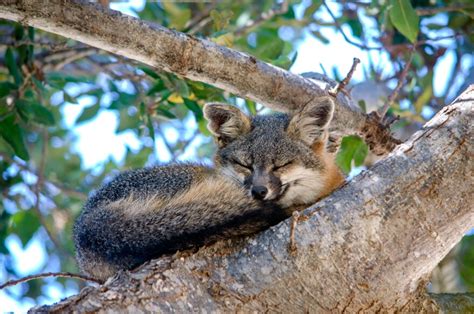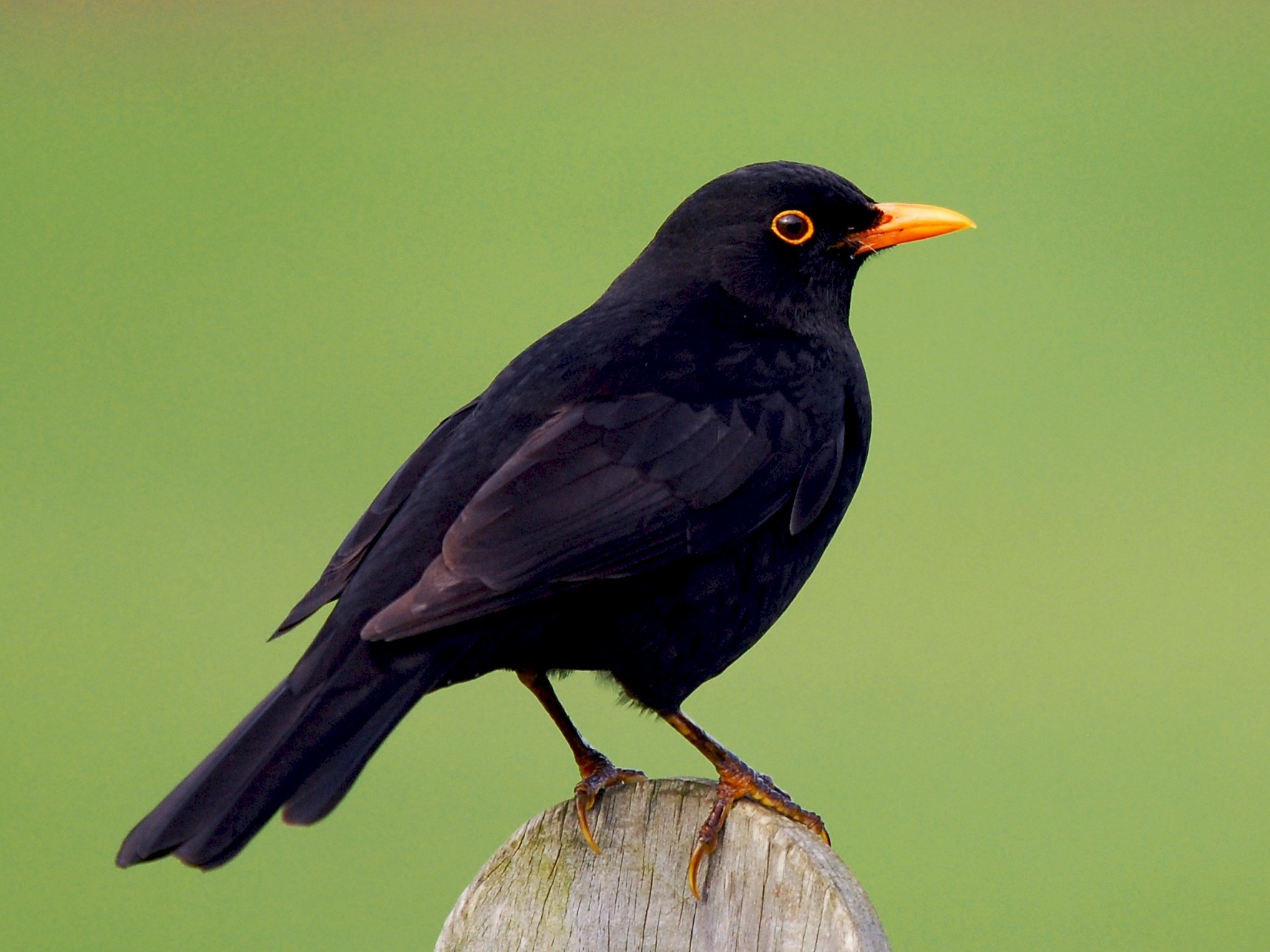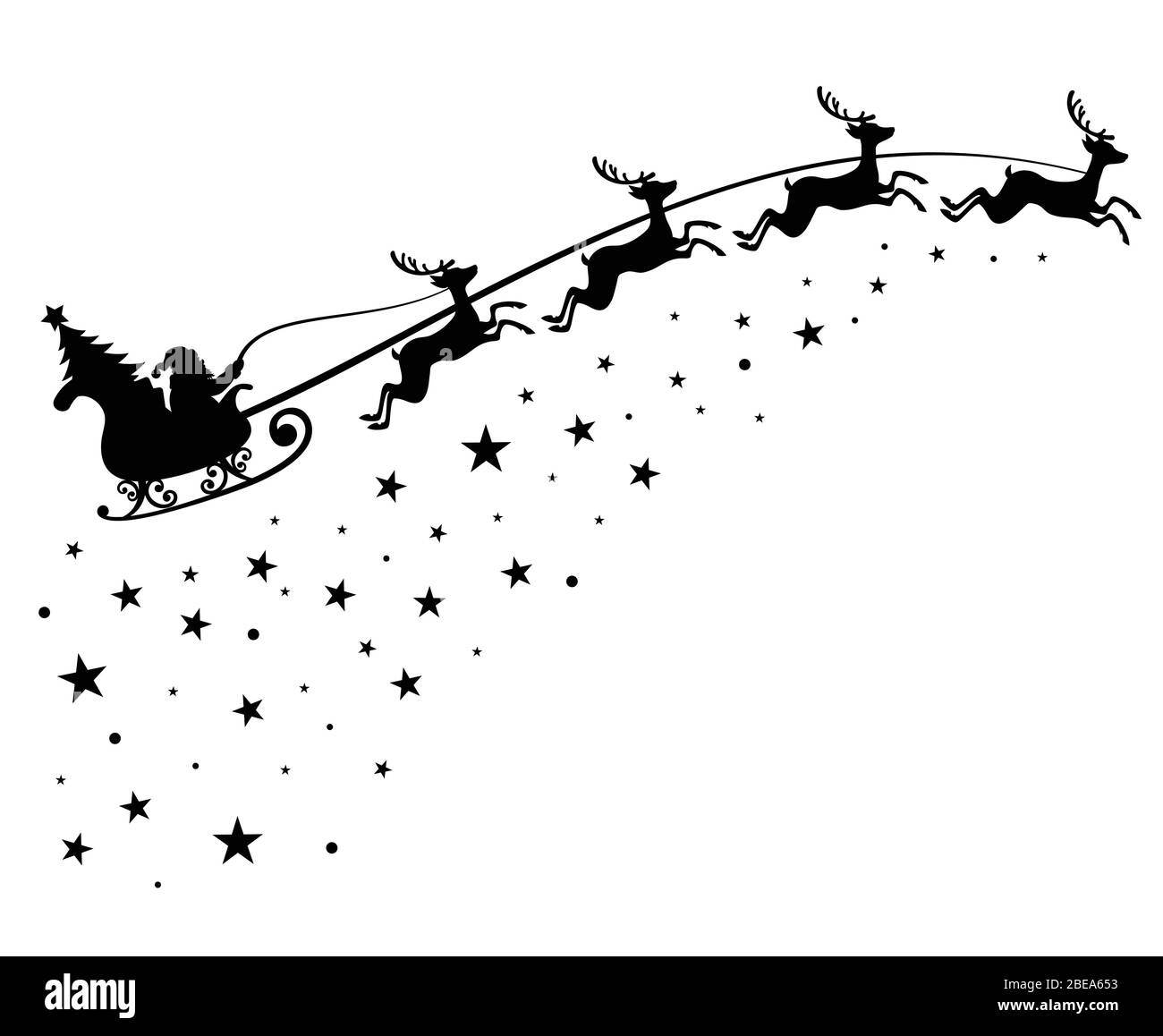The Channel Island Foxes, native to the Channel Islands off the coast of California, are a fascinating species that have garnered significant attention due to their unique characteristics and the challenges they face in their habitats. These small foxes, belonging to the genus Urocyon and species littoralis, are not only intriguing due to their evolutionary history but also because of their remarkable adaptability to island life. Here are 12 key facts to know about the Channel Island Foxes, providing a deeper insight into their world, their struggles, and what makes them so remarkable.
Island Adaptation: Channel Island Foxes have adapted remarkably to their island habitats. Over time, they have developed smaller body sizes compared to their mainland relatives, a common phenomenon known as island dwarfism. This adaptation helps them survive with the limited resources found on the islands.
Dietary Flexibility: These foxes are omnivores and have a highly flexible diet, which is crucial for their survival on the islands. Their diet includes fruits, insects, birds, eggs, and small mammals. This flexibility allows them to thrive in environments with fluctuating resource availability.
Six Subspecies: There are six recognized subspecies of the Channel Island Fox, each native to a different island: Santa Cruz, Santa Catalina, San Miguel, San Nicolas, Santa Rosa, and San Clemente. Each subspecies has distinct characteristics, highlighting the biodiversity within this species.
Conservation Status: Historically, the Channel Island Fox population faced severe decline, primarily due to predation by golden eagles, which were attracted to the islands by the presence of feral pigs and other non-native species. Conservation efforts, including the removal of non-native predators and the introduction of a captive breeding program, have helped to recover the populations. However, they remain listed as an endangered species to ensure their protection.
Unique Genetic Makeup: The Channel Island Fox has a unique genetic makeup, which sets it apart from other fox species. Research into their genetics has provided valuable insights into evolutionary processes, particularly those related to island isolation and adaptation.
Behavioral Traits: These foxes exhibit interesting behavioral traits, such as their monogamous relationships, which are rare among fox species. They are also known for their nocturnal behavior, although they can be active during the day as well. Their social structure and behaviors are closely linked to their survival strategies on the islands.
Reproduction and Lifespan: Channel Island Foxes breed once a year, with litters typically ranging from 1 to 5 pups. The female fox takes care of the pups, which become independent after about 6-8 months. The average lifespan of a Channel Island Fox in the wild is approximately 4-6 years, although some have been known to live longer.
Threats and Challenges: Despite conservation efforts, these foxes continue to face several threats, including habitat loss, disease, and the introduction of non-native species. Climate change also poses a significant challenge, potentially altering the availability of their food resources and their habitat.
Island Specificity: Each subspecies of the Channel Island Fox is specifically adapted to its island environment. For example, the Santa Catalina Island Fox is known for its smaller size compared to other subspecies, reflecting the island’s limited resources.
Human Impact: Human activities, both historically and currently, play a significant role in the fate of the Channel Island Fox. From the introduction of non-native species to the development of conservation programs, human interaction with these foxes is complex and multifaceted.
Ecological Role: As a predator and consumer, the Channel Island Fox plays a vital role in maintaining the ecological balance of their island ecosystems. They help control populations of other animals and contribute to seed dispersal and nutrient cycling.
Research and Conservation Efforts: Ongoing research into the biology, ecology, and conservation of the Channel Island Fox is crucial for their survival. Programs focused on habitat preservation, disease monitoring, and the control of non-native species are examples of the comprehensive approach needed to protect these unique island dwellers.
In conclusion, the Channel Island Fox represents a compelling example of evolutionary adaptation and the interconnectedness of species within unique ecosystems. Their story serves as a reminder of the importance of conservation, the impact of human activities on wildlife, and the need for continued research and protection of endangered species.
What are the primary threats to the Channel Island Fox population?
+The primary threats include predation by non-native species, habitat loss, disease, and the impacts of climate change on their food resources and habitat. Human activities, such as the introduction of non-native species and development, also pose significant risks.
How have conservation efforts impacted the Channel Island Fox population?
+Conservation efforts, including the removal of non-native predators, captive breeding programs, and habitat protection, have been crucial in the recovery of the Channel Island Fox population. These efforts have helped to increase population numbers and reduce the risk of extinction.
What can individuals do to help protect the Channel Island Fox and its habitat?
+Individuals can support conservation organizations working to protect the Channel Islands and the foxes' habitats. Reducing carbon footprint to mitigate climate change, advocating for policies that protect wildlife, and spreading awareness about the importance of conservation are also effective ways to contribute to the protection of the Channel Island Fox.
Understanding and appreciating the Channel Island Fox is not just about acknowledging their unique place in the natural world but also about recognizing our shared responsibility in their conservation. As we move forward, continued support for research, conservation, and educational efforts will be critical in ensuring the long-term survival of this remarkable island species.



